This year, we’re going to make it super simple. On this page, we’re going to show you how to read labels on cans of wet dog food so you can interpret the most important nutritional information canned dog food supplies. On this page, we list of a bunch of companies that make canned foods that range from really good to really great. If you choose products from this list and use the information we are about to share with you to analyze and compare them, you will absolutely have what you need to find a number of healthy canned foods for your dog.
Canned Dog Food Labels: The Big Stuff
There are eight things required by law on a canned dog food label. The front label must contain the brand and product name, species for which the food is intended, and the quantity statement (how much is in the can). The next five requirements may appear on the back or back and side labels.
Many consumers don’t think very critically when it comes to the front label. If they see beautiful roasted chickens or grilled steaks, and fresh-scrubbed carrots or glistening apples, they may imagine that’s what’s in the food. But you really have to compare the art with the ingredients list (discussed in detail below).
What’s far more important than the pictures is the verbiage used on the front. If the name of an ingredient is used in the product name (such as “Chicken & Rice Formula”), that named ingredients must comprise at least 70% of the total product by weight and at least 95% of the product not counting added water in the food. When more than one ingredient is in the name, no ingredient can be less than 3% the total product by weight. Because chicken is listed first in the name, there must be more chicken than rice in the recipe.
When the words “dinner,” “platter,” and “entrée” are used, a different rule is at work. The named ingredient in the phrase (for example, the “beef” in “Beef Dinner”) must comprise a minimum of 25% of the total ingredients.
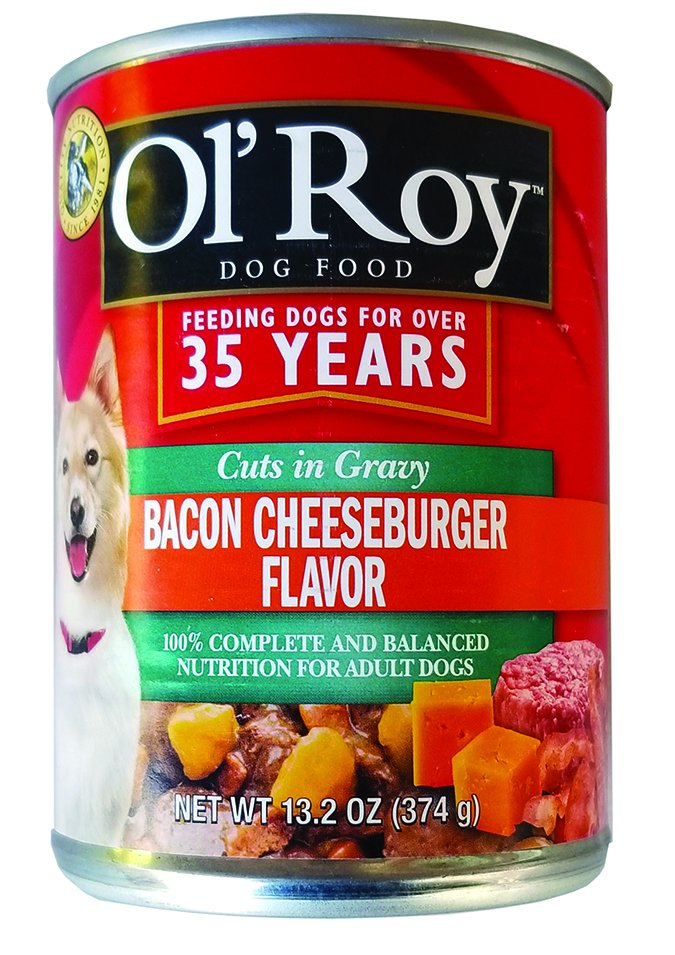
If the word “with” is used (e.g., “Billy’s Dog Food With Chicken and Eggs”) the food is required to contain at least 3% of each named ingredient.
And if the word “flavor” is used, the requirement is that the food simply contain something that could convey that flavor; there is no minimum amount required.
The NEW Best Canned Dog Foods of 2018 Review
Need access? Become a subscriber.
The Fine Print on Dog Food Labels
The fourth requirement is the nutritional adequacy statement. Get out the magnifying glass! The “AAFCO statement” is very small on most labels, but contains very important information about which nutritional requirements the product has met.
AAFCO stands for “Association of American Feed Control Officials.” It is not a regulatory body, but it developed the nutritional standards used by all states. Somewhere on the label, usually very tiny, each dog food will state whether it is “complete and balanced” (or for “supplemental or intermittent feeding”), and whether this has been confirmed by a “feeding trial” or if it was formulated to meet certain nutritional standards. There are pros and cons of each method of confirmation.
Who is it for? The AAFCO statement will also specify who the food is meant for. All foods that are sold as “complete and balanced” must meet either the nutritional requirements for “growth and reproduction” (i.e., puppies) or the slightly lower requirements for “adult maintenance.” If a food says it can be fed to dogs “of all life stages,” it has met the higher nutritional requirements for a puppy food. Nutritionally, there is no difference between a food that meets the requirements for “all life stages” and a so-called puppy food – “all life stages” includes “growth and reproduction.” The kibble size of a “puppy” food might be smaller, but this is not a requirement!
However, if a food says it is complete and balanced for “adult maintenance,” it will not meet the higher nutritional needs of puppies.
Organic Dog Food
Organic claims are strictly defined. If the USDA Organic seal is present on the label, the product must contain a minimum of 95% organic ingredients.
The USDA’s National Organic Program regulates all organic crops, livestock, and agricultural products certified to the USDA’s organic standards. Organic certifiers inspect and verify compliance, and the certifier of each product must appear on the label, too. The USDA also conducts audits, investigations, and enforcement activities to ensure all products labeled organic meet its regulations.
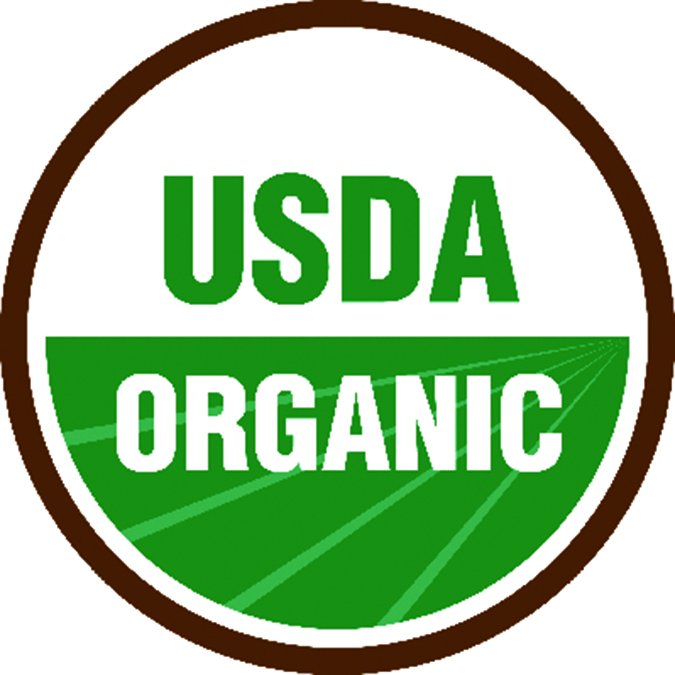
If a product label says, “Made with organic ingredients,” the food must contain at least 70% organic ingredients, must state the certifier, and may not use the USDA Organic seal. If it specifies an ingredient that is organic (“Made with organic chicken”), all of the chicken in the product must be organic.
More Required Information
Dog food labels must bear the name and address of the manufacturer or distributor (requirement #5). We prefer the label to also contain the company’s phone number, but this is not required.
The “feeding directions” also must appear on the label (requirement #6). The statement must include the recommended amount of food to feed relative to the dog’s weight. This is calculated by a standard formula that says dogs require so many calories per pounds of body weight, but given the range of canine activity and metabolic rates, it can’t really be considered much more than a starting place. It is always necessary for owners to adjust their dogs’ rations based on how the dogs look and feel.
Dog Food Info That Matters Most: Guaranteed Analysis and…
The last two label requirements are the most critical. The “guaranteed analysis” (GA, requirement #7) gives you the minimum amount of protein and fat that are present in the food; they may be more, but there has to be at least that much. The GA also provides the maximum amount of moisture (water) and fiber that are present in the food.
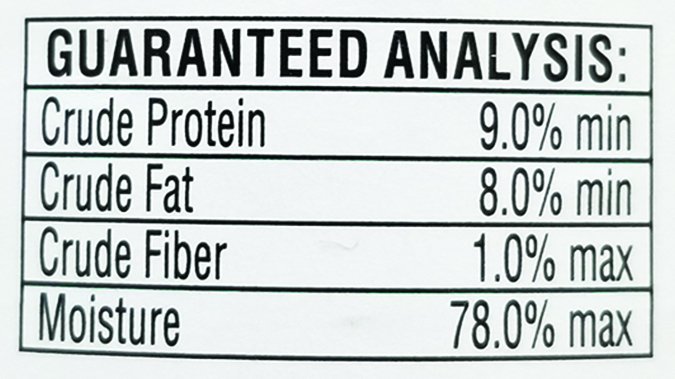
Why the minimums and maximums? They use minimums for protein and fat because those are the most important values in a dog’s food; it’s what you are paying for. And they use maximums for moisture and fiber because this is not what you want to pay for – even though, with canned food, you actually are paying for a lot of it: Most canned dog foods contain about 78% to 85% moisture.
The fiber content of canned foods varies even more widely. Keep in mind that dogs have no dietary requirement for carbohydrates; they can live just fine on fat and protein alone. Canned foods that contain no carbohydrate source whatsoever will be pretty low in fiber – like, 1% maximum. In our opinion, there are better and far less expensive ways to supply your dog with fiber than in his canned food! It makes far more sense to use a canned dog food as a good source of protein and fat, and supply him with as much fiber as he may need to maintain a healthy weight and produce healthy stools through another source, such as fresh cooked or canned pumpkin, home-cooked grains (such as oatmeal, quinoa, or rice), home-cooked vegetables, or a dry dog food.
A final note on the GA:Manufacturers may (but are not required to) include other nutrient values on the GA. By doing so, they are literally guaranteeing those amounts in the food, and this is subject to testing and enforcement by state feed control officials. It’s a good way for a pet food maker to put their money where their mouths are concerning claims of special benefit from the inclusion of certain nutrients, such as DHA or glycosaminoglycans (e.g., chondroitin).
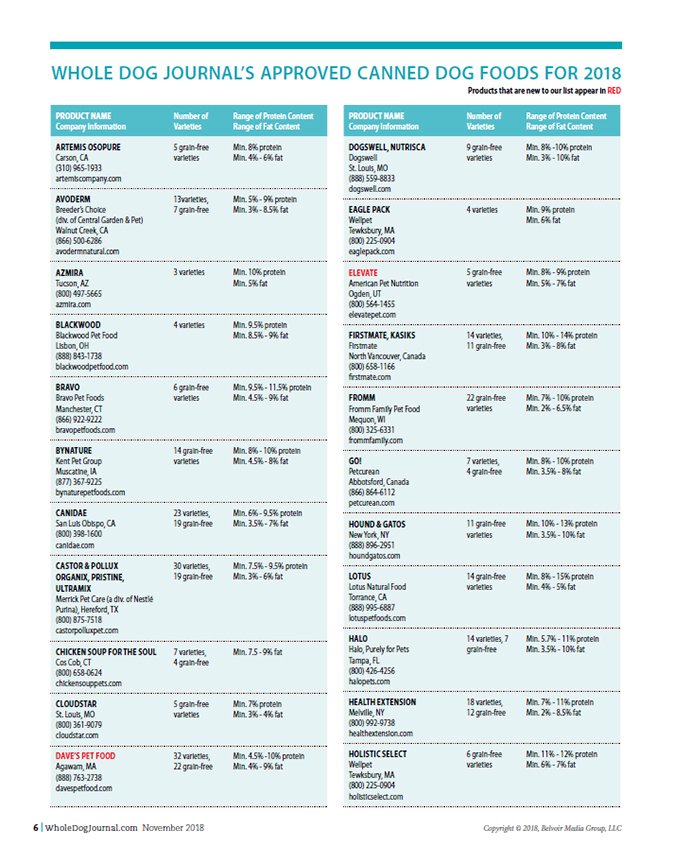
The NEW Best Canned Dog Foods of 2018 Review
Need access? Become a subscriber.


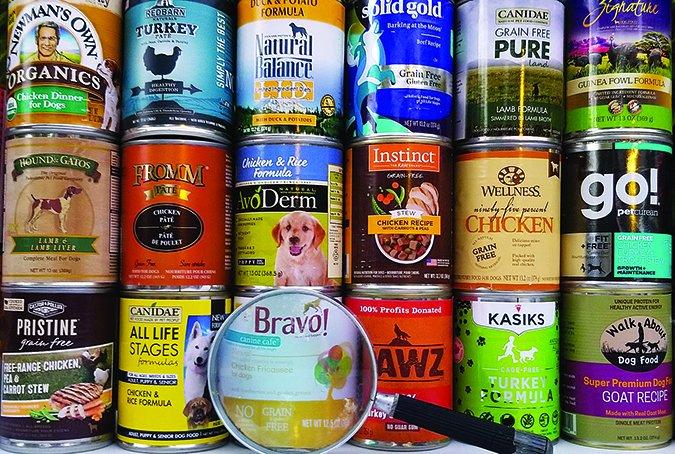


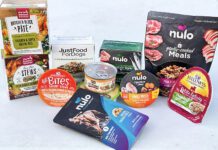

Your site is driving me crazy! I keep clicking on pages that are supposed to list the best and worse dog foods; but all I keep getting are the pages with general info…no brand names. I am a subscriber, so why am I not getting access?
I agree, give us details please
A ‘GREAT’ place to learn about dog foods.
Give us brands and pictures please. Make this easy it is already complicated enought
Where is the list. It’s all just about labels. Not the BEST WET DOG FOOD😡
This comment is appearing on the 2018 review. For the 2019 review, go here: https://qa.whole-dog-journal.com/food/whole-dog-journals-2019-approved-wet-dog-food-list/